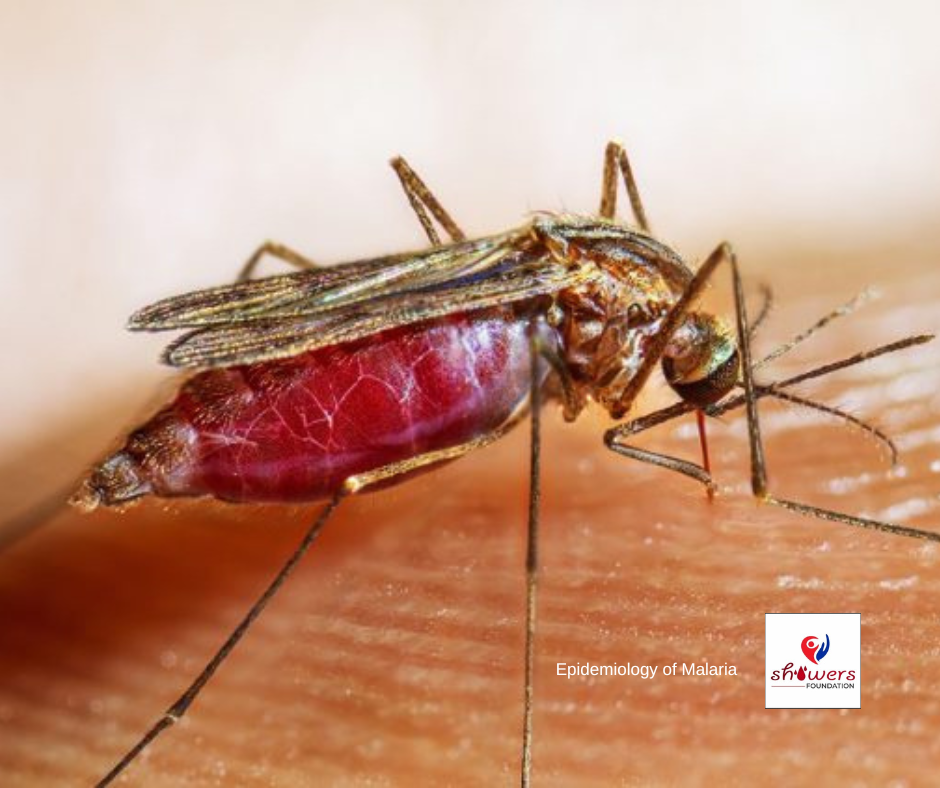Malaria, a formidable adversary that has plagued humanity for centuries, continues to exert a significant toll on global health. Understanding the epidemiology of this parasitic disease is crucial in developing effective strategies for prevention, control, and ultimately, eradication. In this blog post, we delve into the intricate web of Malaria’s epidemiology, exploring its prevalence, distribution, and the factors that contribute to its persistence
The term malaria originated from Italian: meaning; bad air and the disease was called ague or mesh fever due to its association with swamps in humid regions of the world. Malaria is an Ancient disease that has plagued humans throughout history. Malaria remains one of the most pressing health problems in the world with an estimated 300-500 million cases annually of which 90% occurs in Africa.
One of the most important infections on a global scale is the malaria infection and by far the world’s most important tropical parasitic disease that kills more people than any other communicable disease except tuberculosis. According to WHO, (2016) about 500 Million people are affected by malaria at any time and approximately 2 million of them mostly children die each year.

Prevalence of Malaria across the Globe
Malaria is not a localized concern but a global health challenge. According to recent estimates by the World Health Organization (WHO), over 200 million cases are reported annually, with the majority occurring in sub-Saharan Africa. Southeast Asia, Latin America, and parts of the Middle East also grapple with a considerable disease burden.
The Different Species of Malaria
The four species of Parasite that infect man are Plasmodium falciparum, P. vivax, P. malariae, and P. ovale. Plasmodium falciparum and P. vivax are the most common in the tropics but mixed infection with two or more of the plasmodium species is common. The blood stage cycle of Plasmodium falciparum is responsible for most cases of malaria and for the most severe, often fatal forms of the disease.
The epidemiology of malaria is closely linked to human behavior and socioeconomic factors. Areas with high population density and inadequate access to healthcare are more susceptible to rapid disease transmission. Additionally, poverty, lack of education, and limited resources contribute to the challenges in malaria control and prevention efforts.
Malaria has varied modes of presentation with occasional life-threatening complications. It is said to be complicated when any one or more of the clinical features such as cerebral malaria, jaundice, renal failure, pulmonary edema, hypoglycemia, circulatory collapse, spontaneous bleeding, repeated generalized convulsions, and acidosis are manifested.
Severe Falciparum malaria remains an important cause of mortality in the tropical world with an annual; mortality of 1-2.7 million people and a mortality rate as high as 15-30%, despite effective anti-malarial treatment (WHO, 2016). It is also found to be deeply entrenched in tropical Africa and highly endemic in sub-Saharan Africa.
